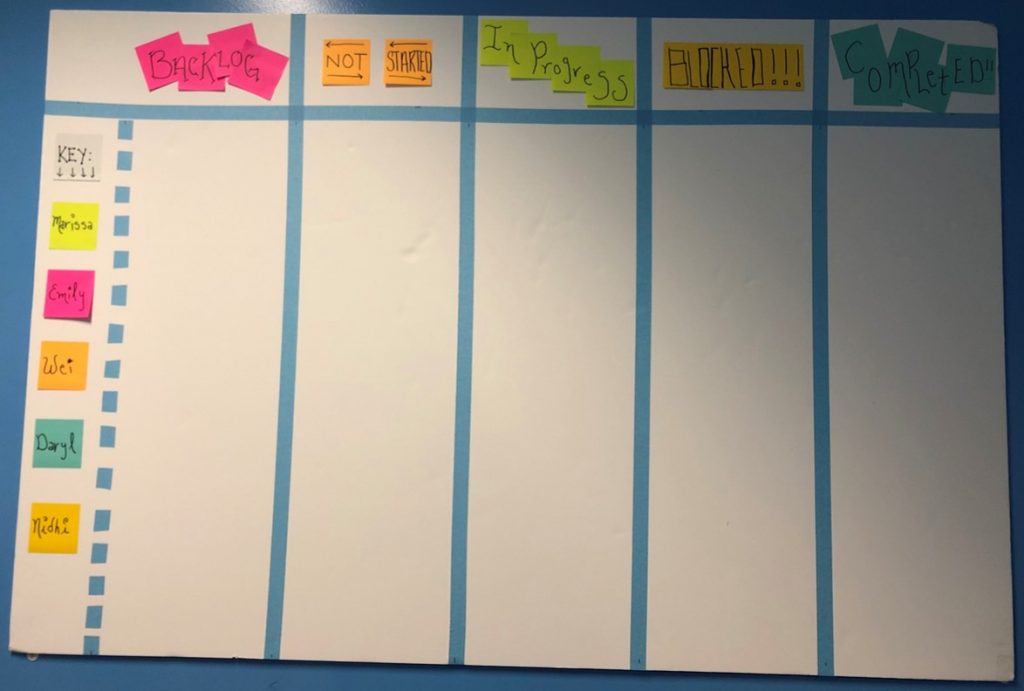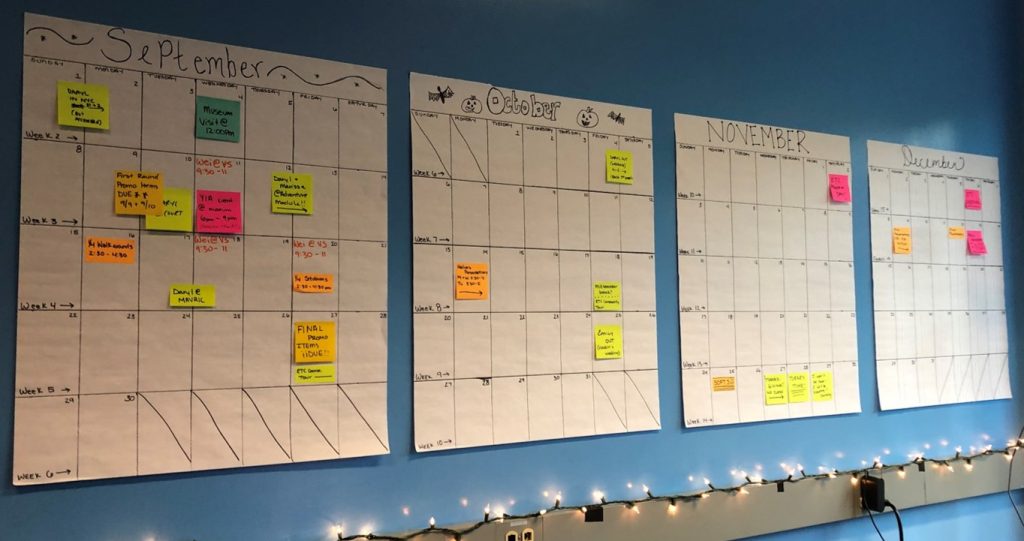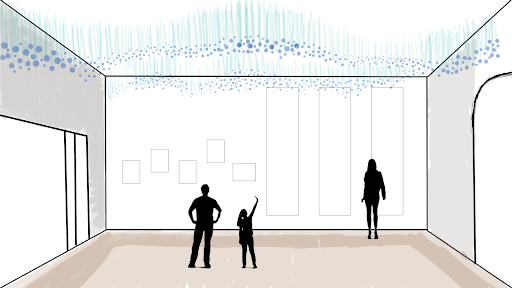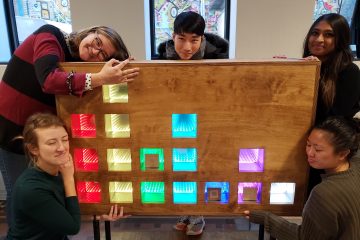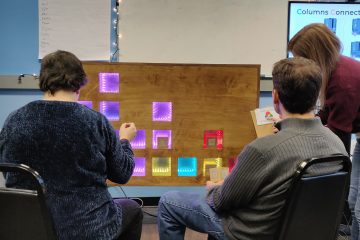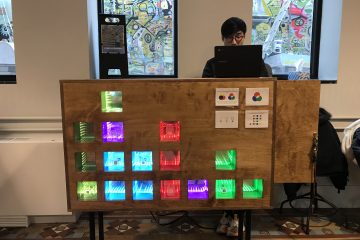Week 1
Last spring, we all took Experience Design, a course offered by the ETC together. We discovered that we were all interested in designing for location-based experiences. However, we wanted to learn more about the fabrication process from designing to implementing an installation. While most projects and courses at the ETC focus on one part of that process, we wanted to experience the full pipeline.
“Experience Design is intended to give Location Based Entertainment (LBE) students knowledge and experience within the realm of designing interactive user based experiences. This hands-on-class will develop experiences within pre-built themed sets to allow the projects to explore the realm of user experience, storytelling, and lighting without having to build physical environments.”
Starting conversations with John Balash and the Children’s Museum of Pittsburgh, we decided to take advantage of the new MuseumLab space that opened in April 2019.
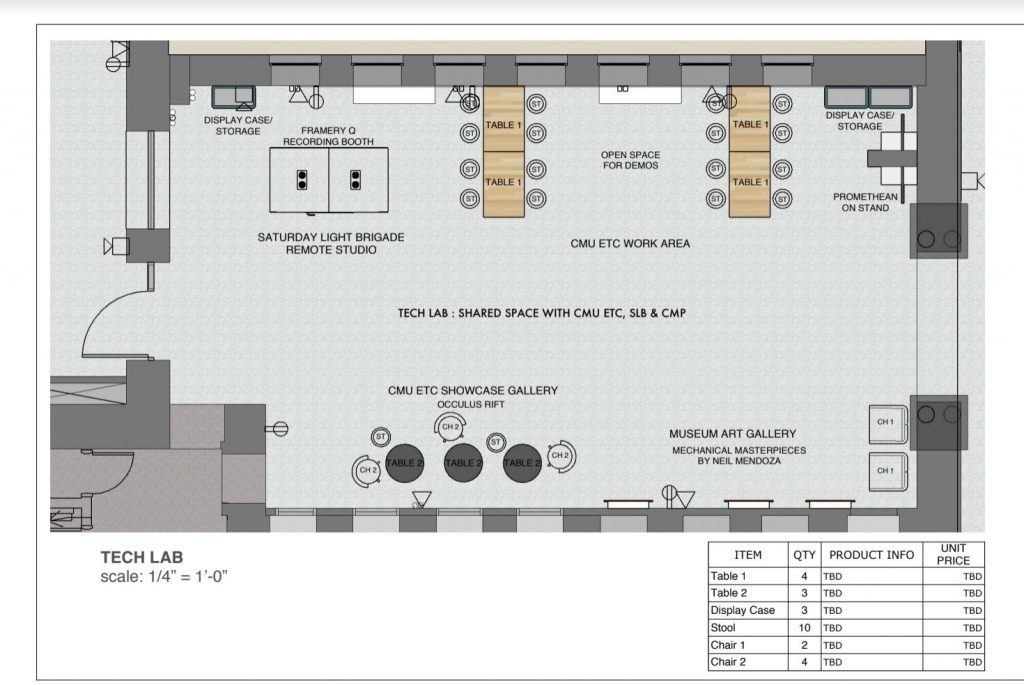
The MuseumLab is a makerspace for children ages 10 and up. In collaboration with the IDeATe program and the Master’s of Arts Management program at CMU, the ETC has a designated space (Tech Lab) within the MuseumLab for future projects that inspire the makers of tomorrow.
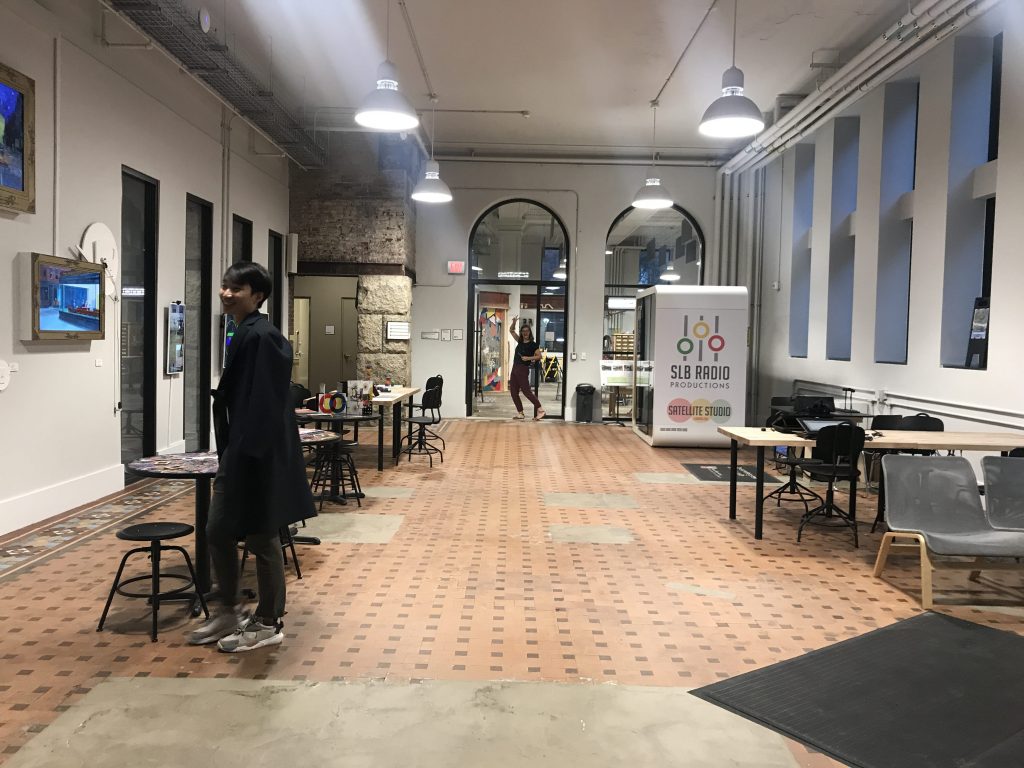
We pitched a project to design an interactive installation piece for this new space that combines together the Children Museum’s philosophy of “playing with real stuff” and the ETC’s philosophy of “learn, work, and play.” We wanted to bridge the gap between the physical and digital, while also thinking about how to engage students and make them feel like “this is a place for me.”
And we got it!
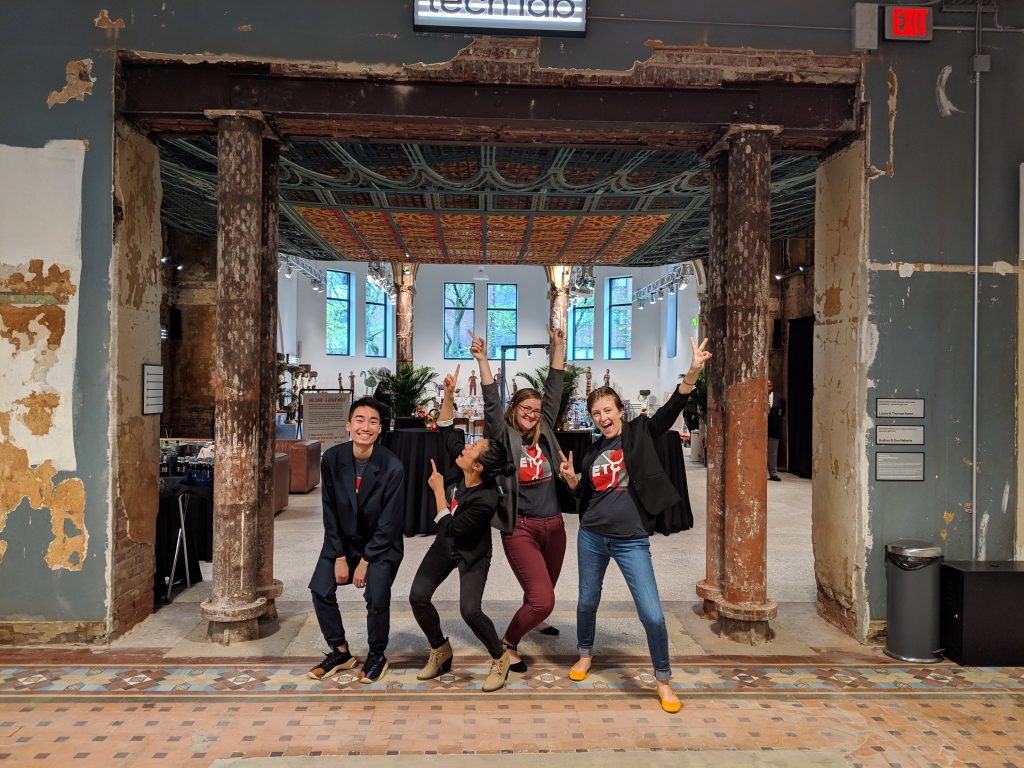
Wei spent the summer working at the Tech Lab, helping to run demos and observing how guests interact with the space. The original plan was that Wei would start prototyping and surveying guests. However, given the logistical challenges of opening a new space, he was unable to accomplish those goals. But, we did still learn a lot from his experience!
In particular, the current installation pieces in the Tech Lab require facilitation. Wei was often preoccupied with setting up guests in VR devices. We learned that whatever we created, would preferably not require facilitation.
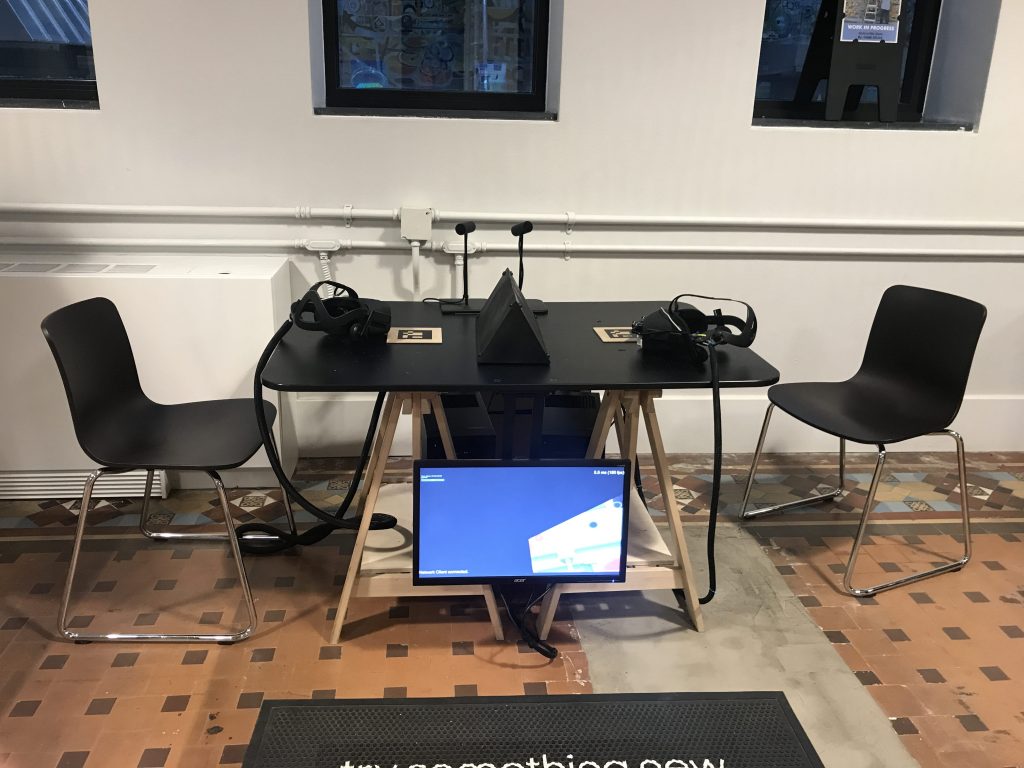
Wei observed that there was still a young demographic (under 8) in the MuseumLab. While the goal of the new space is to reach older audiences, the current audience is still visiting the new space. In our design, while we want to target 10-14, we will also have to think about the other audiences that will be present in the space and how this will be engaging for them.
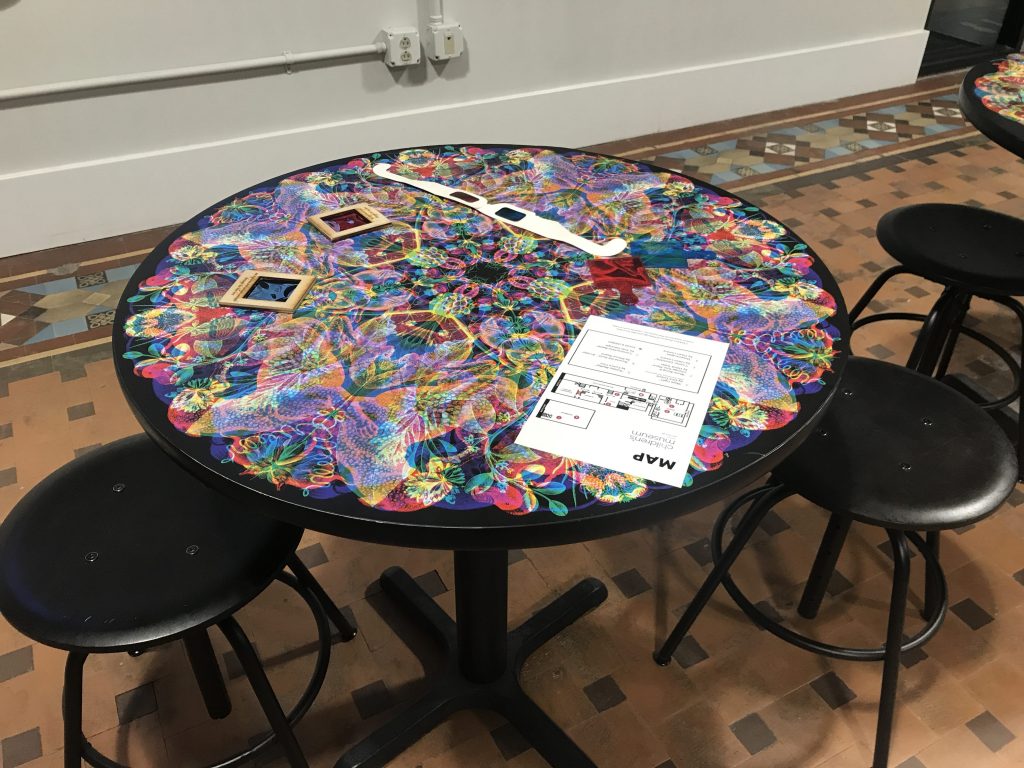
Wei also observed that the Sound Booth hosted by the local radio production group was the most popular installation. We speculated that this may have been because people were able to expressive and “leave their mark” in the space. We aim to have an experience that is similarly engaging and allows guests to express themselves and have autonomy in the space.
Over the summer, we did research and brainstormed a bunch of different ideas. Given that we were all working in different internships, we were able to pull what we learned from our respective experiences. Emily spent time learning how to build light installations, Marissa worked with developing curriculum, and Daryl worked with middle school students at a STEAM summer camp.
During the spring, we landed on an idea that involved ETC/Tech Lab signage for the space that could be interacted with using tactile feedback on sensors. However, after changes to the space over the summer, we realized that we did not have wall space available to install such a project. We also realized that adding words to the experience could be limiting. In our original idea, we wanted to have words that students could highlight that represented themselves, but we realized that this could be potentially dangerous in stereotyping or putting students in delineating boxes. So we decided to pivot.
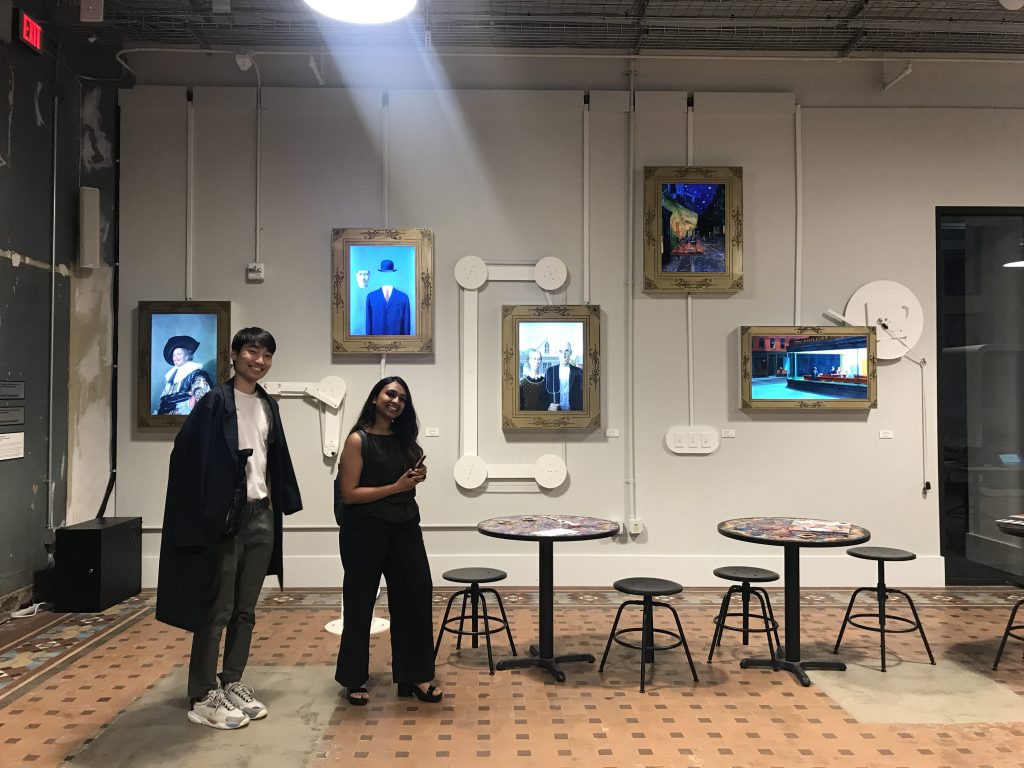
To reiterate: our target audience is ages 10-14. We chose this demographic because there is a middle school in the MuseumLab, which allows for us to playtest consistently with the same group. In addition, this demographic is interesting to design for since at the ages of 10-14, there is a huge drop off in interest in pursuing STEM careers. This is because students are struggling with identity at this age, and many times students start to feel like STEM is not for them. However, research has shown that informal science education environments (like museums or makerspaces) can engage students back into STEM careers through “science fascination.” The biggest indicators of “fascination” include “interest, mastery, and curiosity.” So in our design, we are trying to fulfill these three needs.
We want our installation to be exciting, drawing guests into the experience. We want guests to be able to “master” the experience through experimentation to figure out how it works. And we want the guest to be curious and explore how to make the installation work. Ultimately, we hope that the mastery leads to the ability for the guest to express themselves in the space.
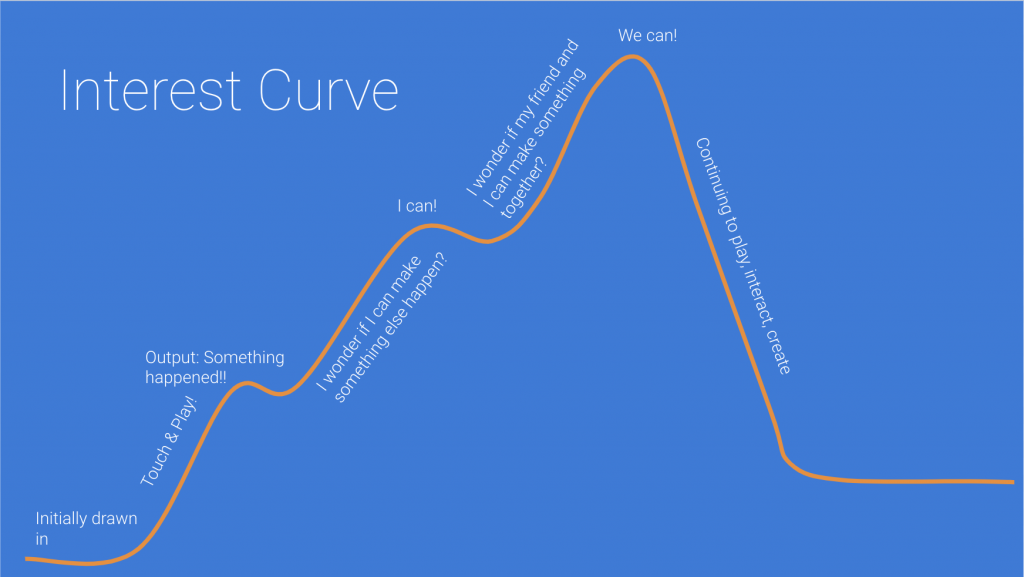
We have definitely not chosen an easy project for ourselves…
After meeting many times over the summer we kicked off our first week with a brainstorming session to hone in some of the ideas we tossed around and tested over the break. We worked on our composition box to help us determine what our inspiration, experiences, needs, and goals were.
We knew the user journey that we wanted to accomplish: interest –> mastery –> expression. But we weren’t sure of the inputs or outputs to get there. So we came up with a list of potential input mechanisms and outputs. We knew that we wanted to build a light installation with LED lights (this is something that we were all curious about learning how to build and install).
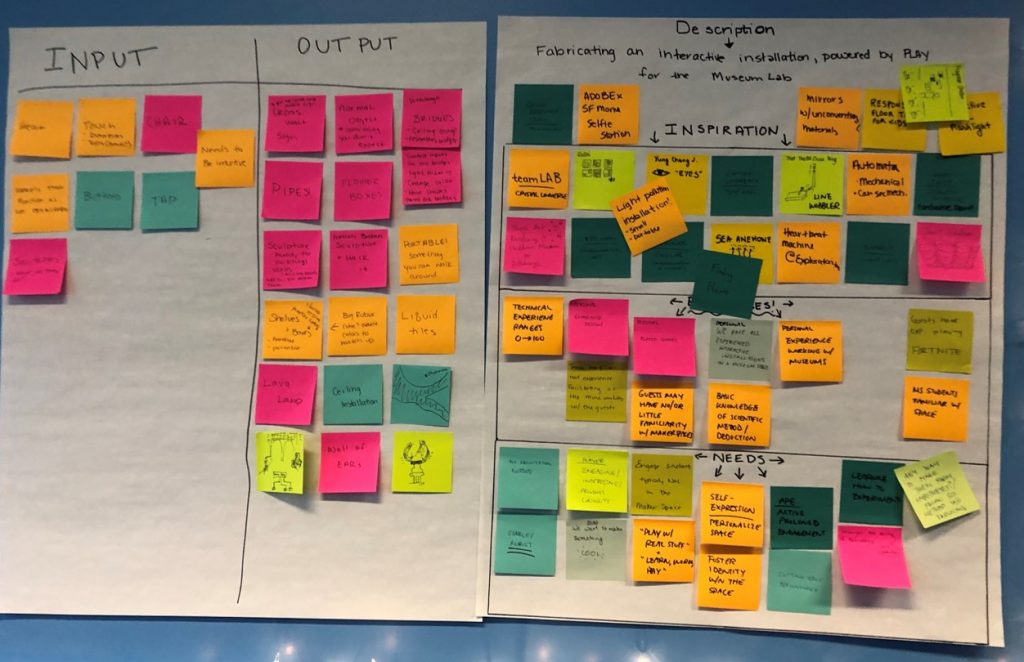
From there, we put together a pitch deck of three potential projects:
- Sensory Blocks: Rearrangeable LED light blocks; qualities of block are changed by guests’ experimentation.
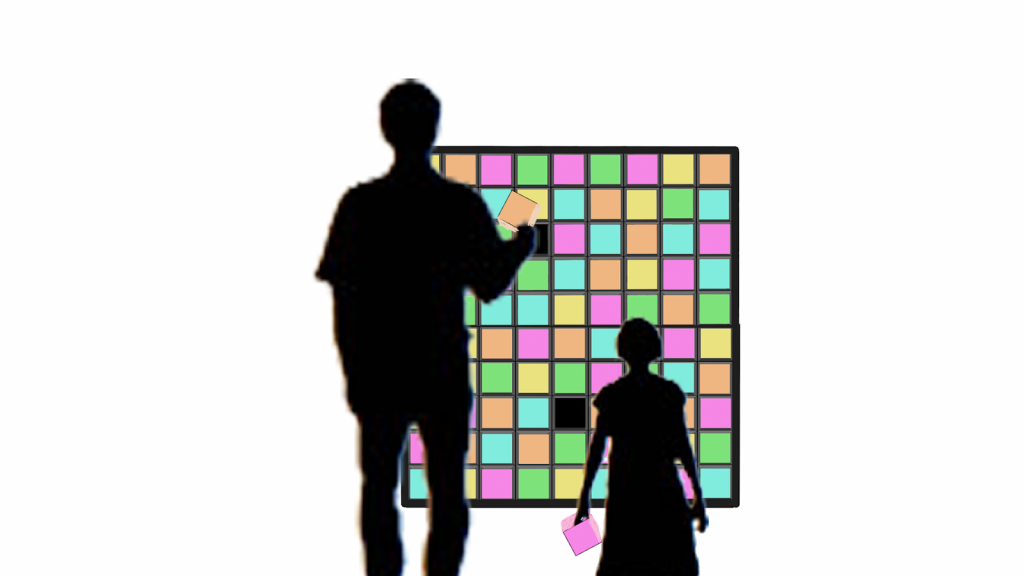
- Bridges: LED light tube representations of towers; guests create physical connections between towers to form bridges.
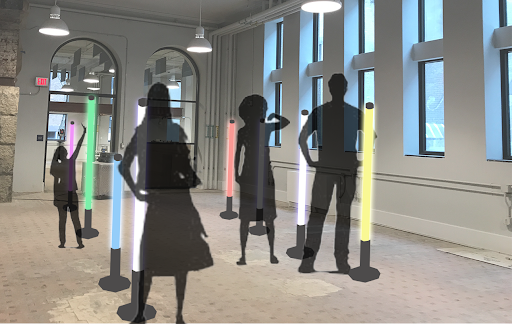
- Three Rivers: Suspended 3D LED light installation of the iconic three rivers of Pittsburgh; responds to guests’ motion.
We pitched these ideas to our faculty advisors, and they gave us a lot of good feedback. They were drawn the most to the Sensory Blocks concept (as were we), because it allowed for the most experimentation and expression. As well as the most interesting types of interactions.
For the Bridges concept, they felt it was too abstract and the connection wasn’t there. As well, the types of interactions were limiting with the form.
The Three Rivers concept was a non-starter as having to install anything above people’s head would take too much time to clear.
With our faculty’s go-ahead we decided to pursue the Sensory Blocks idea! We put together an order sheet of materials to buy to begin prototyping and came up with a prototyping plan to begin testing interactions.
Next week we will:
- Research hardware: limitations and capabilities
- Design interactions
- Fabricate cardboard prototypes
- Meet with the MuseumLab to pitch our concept
Our scrum board and calendar will be filling up pretty fast…
